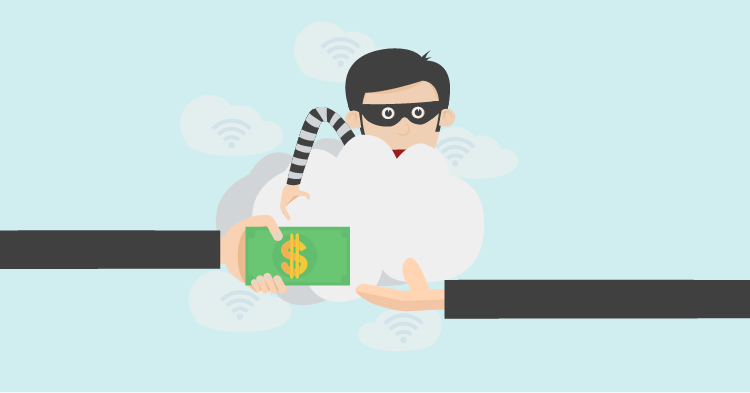
There are many risks associated with using a free WiFi network to browse sites that house private information. It’s quite easy to scan a public WiFI network to get a list of all the IPs currently connected. Once a snooper has that list, there’s a large amount of things they can do with that information. They can, for example, install software on your computer which can then be used to capture confidential information such as usernames and passwords, credit card numbers, even emails or search history.
SaferVPN assembled their 6 fundamental tips for staying safe on public WiFi:
1. Turn off sharing
Uncheck all the boxes (music, photos, printers, etc.) from the Homegroup section of Network and Internet Settings on a PC and from Sharing under System Preferences on a Mac.
2. Use anti-malware / antivirus
This applies to much more than public WiFi alone – you should always protect your computers and mobile devices from malicious attacks. It’s not much different than getting your annual flu shot. There are some great free and paid solutions out there. PC Magazine has a nice unbiased list of their favorites here.
3. Use HTTPS
General rule of thumb: don’t enter sensitive information (credit card numbers, social security number, even a password) on pages that don’t have https at the very beginning of the URL (the full address you see towards the top of your screen). If you are just browsing around, playing a game or catching up on the news, having https won’t matter as much.
4. Protect your passwords
If you use the same password for every site, or if you password is featured in the dictionary, you’ve got a problem. In fact, a password’s lifespan really shouldn’t exceed more than 6 to 12 months. But how do you manage all of these unique passwords? Apps like 1password or LastPass will do it for you.
5. Enable a firewall
This is a quick an easy task that can be accomplished on both Windows and Mac that prevents undesired web traffic from entering (or exiting) your computer. This adds an extra layer of security and can be used to prevent computers from accessing certain sites and content. You can learn how to configure your firewall here.
6. Confirm the network name
Before you try to connect to the WiFi at your local Starbucks, make sure the network is actually called Starbucks and not something suspicious like Stars and Bucks. On top of that, it’s very easy to assign any name to a network so think before you click as there may be more than one “Hotel_WiFi-Guest”. Always gotta be on the look-out for the little things.
Source: SaferVPN


